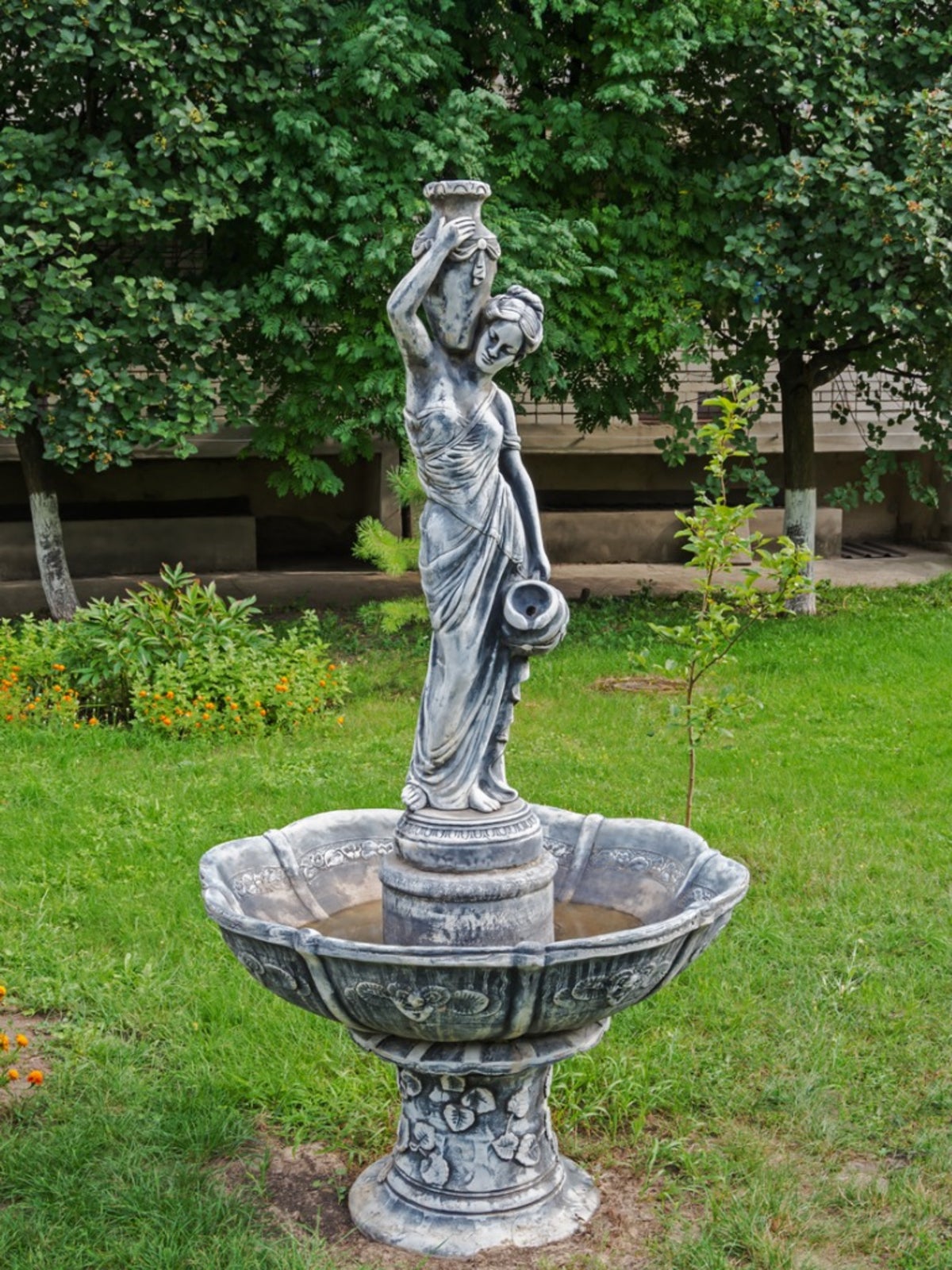Creating A Focal Point: What To Add For A Focal Point In The Garden

You have a fire engine red front door and your neighbor has a compost garden visible from everywhere on your side of the property line. Both of these are occasions in which creating a focal point in the garden may maximize the impact of the former and minimize the latter. Learning how to use focal points in the garden is useful to draw the eye towards the area one wishes to emphasize; conversely, using focal point design may also aid in camouflaging those more unsightly areas. Since focal points in gardens draw the eye to something, it is important to decide what to use when creating focal points. When creating a focal point, one will want to consider what to add for a focal point and placement in the landscape.
Learning How to Use Focal Points
Learning how to use focal points is all about one golden rule: Less is more. Avoid the temptation to overuse and crowd an area with objects you have decided are the “cat's meow.” Remember, the object of focal points in the garden is to lead the eye to an item of particular interest. Too many focal points in the garden create a confused space wherein the eye is not allowed to rest on any one item effectively, eliminating the value of creating a focal point in the first place. When learning how to use focal points, it may be a good idea to test out the layout of the proposed focal point design. Place all the points of interest you wish to utilize in their assigned locations and then walk away. Return after an hour or so and reassess. Note where your eyes are drawn when viewing the garden. Are they focusing on a particular area, or are they wandering from spot to spot? Rearrange focal points in gardens when it appears there is conflict, or remove extra items to achieve the desired result of capturing attention and holding it there for a moment.
What to Add for a Focal Point: Objects vs. Plants as Focal Points
Creating a focal point may mean including an object (such as bench, statue, boulder, or water feature) or by utilizing a specimen plant or grouping of plants.
- Objects- Often, an object such as a statue attracts more attention than a plant specimen, which naturally tends to blend into the garden surroundings, especially when the object is man-made. For this reason, special care must be made when selecting objects in your focal point design. Objects should be displayed properly and with regard to balance and harmony, blending with the scale of the garden-- a bit of Feng Shui, if you will. Combining objects with plants, such as annuals planted in an old sewing machine or bicycle, is a sure way to create not only whimsy but eye appealing focal point design.
- Plants- Focal point design using plants is a little simpler, as plants naturally flow with the garden landscape. When using plants as focal points in gardens, they should look great throughout the season, or even better, all year long. Perennials or annual plants grouped together can create seasonal focal points, but for a more permanent focal point, it may be advisable to plant a larger, specimen plant. Red leaf Japanese maple will continue to provide visual interest throughout the year. Other, more prominent plants, such as Harry Lauder's walking stick or a Burr oak tree would look terrific in focal areas. A little research for hardy specimens in your region will result in a truly magnificent focal point.
Where to Place Focal Points in Gardens
The eye naturally follows lines. Therefore, to create a strong focal point, visual lines within the garden should intersect. Some obvious places where lines intersect are the sidewalk to porch or at the beginning or end of a path. The front door of your house screams “focal point” and even if it's not painted fire engine red, it is a logical place for a focal point. Appreciating the concept of a garden axis or line of sight will act as a guide when placing a focal point in gardens. Once the garden axis has been determined, visually divide the garden into sections and decide which areas you will want to emphasize with an eye to what will be seen not only from the windows of your home but from other areas, such as the street in front of the house. Use focal points to dress up or emphasize architectural detail unique to your home. Have fun. Be creative. Focal points in the garden should be a reflection of your unique personality.
Sign up for the Gardening Know How newsletter today and receive a free copy of our e-book "How to Grow Delicious Tomatoes".

Amy Grant has been gardening for 30 years and writing for 15. A professional chef and caterer, Amy's area of expertise is culinary gardening.
